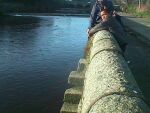 STOP 1
STOP 1STEPS UP FROM THE RIVER
If you go down Ravenswell road past the gates of the golfclub you will see granite steps coming up the river wall. These were used long ago by fishermen and other boatmen who had collected cargo from big ships at the mouth of the river. There was no harbour there then.
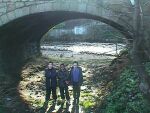 STOP 2
STOP 2HORSE BRIDGE
This was the place used by boatmen when they had big cargo.Horses would back their carts down to the river side.
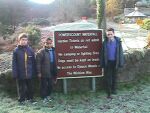 STOP 3
STOP 3POWERSCOURT WATERFALL
When we went to the waterfall the gates were locked because a man had fallen down the fall and he was seriously injured.The waterfall is 400 feet high.
 STOP 4
STOP 4KIPPURE GATES
Streams from Kippure Mountain make the Dargle river deeper.There is an RTE Television mast on the top of the mountain.
THE HEAD OF THE DARGLE BRIDGE
The River Dargle starts as a little stream in the bog one mile from this bridge. It is about three ft. wide here.
 STOP 6
STOP 6TURF/BOG CUTTING
The bog has grown like a blanket for thousands of years. People cut the turf to make fires.
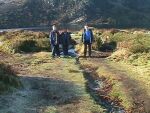 STOP 7
STOP 7LOCH BRAY
A huge glacier filled this lake during the last Ice Age, 20,000 years ago.
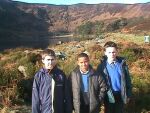 STOP 8
STOP 8A MORAINE
When the glacier started to melt, sand fell off it and blocked the water from flowing out of the lake.
